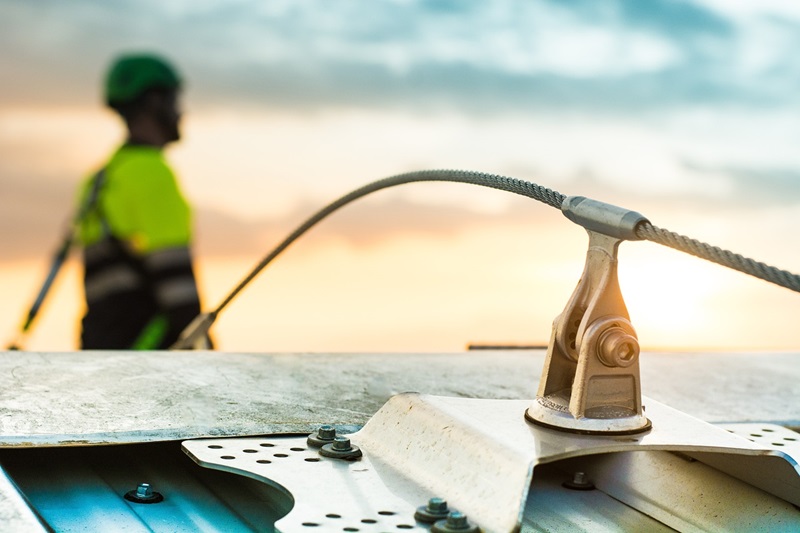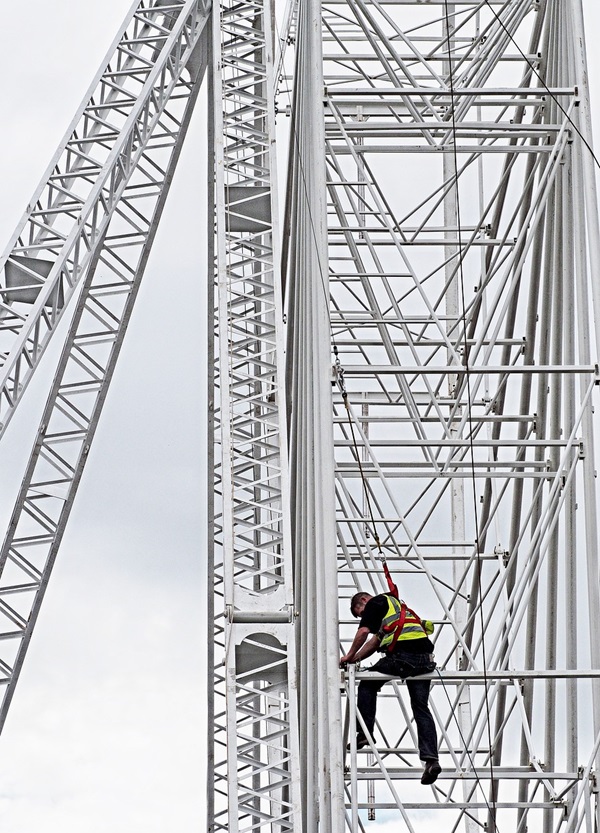Improving Height Safety: A Spotlight On Fall Protection Systems

Introduction
In the wake of increasing complexities and rising safety requirements in industries, ensuring height safety has become more critical than ever. It’s not just about ticking off a compliance checkbox, but safeguarding lives. The dizzying heights at workplaces pose a significant risk to the workforce, leading to severe injuries and even fatalities in the absence of effective measures. In this context, fall protection systems have emerged as indispensable safety tools.
However, there are several misconceptions surrounding their usage. Some deem these systems as unnecessary expenses until faced with a grave accident. Others view them as impediments to worker’s mobility and speed, thereby reducing efficiency. Contrary to these beliefs, fall protection systems are neither costly hurdles nor legal formalities. They are fundamental tools designed to ensure the safety of people working in elevated environments.
Understanding Fall Hazards
Falls within the workplace are a widespread issue, particularly in construction, manufacturing, and warehouse industries. Common hazards include working on unstable working surfaces, misuse of fall protection equipment, and failure to identify hazards. Additionally, scaffold-related falls, ladder mishaps, roof falls are among the predominant causes of fall-related incidents.
Many various real-life incidents highlight the gravity of these hazards. Tragically, countless workers have suffered severe injuries, and some have lost their lives due to the absence of adequate height safety measures. For instance, in 2020 alone, the U.S. Occupational Safety and Health Administration (OSHA) reported 244 fall-related fatalities in the construction industry.
Decoding Fall Protection Systems: Your Lifeline Above Ground
Fall protection systems are meticulously designed safety arrangements that protect workers from fall hazards. The three main types of these systems are fall prevention, fall arrest, and fall restraint.
Fall prevention systems, like guardrails, prevent workers from getting too close to leading edges. Fall arrest systems, including safety nets and body harnesses, do not prevent a fall, but they arrest the fall to minimise the impact. Fall restraint systems eliminate the risk of the worker reaching the fall hazard, similar to a dog leash. These systems constitute several components, such as anchors, connectors, body support, and rescue devices, each serving a specific purpose and working collectively to ensure safety.
Importance Of Reliable Fall Protection Systems
Reliable fall protection is much more than a matter of safety—it’s a legal requirement. Employers are obligated to ensure the wellbeing of their workers, and employing reliable fall protection is a significant part of that obligation. Failing to do so can result in hefty fines and sometimes even prison sentences for gross negligence.
Apart from the legal requirements, maintaining effective height safety measures has a massive impact on workers’ morale. Employees who feel safe and cared for at their workplaces show more commitment to their work, thereby boosting efficiency and productivity.
Practical Guide: Choosing The Right Fall Protection System
When selecting a fall protection system, numerous factors must be given due consideration. These include the nature of work, the work environment, the fall distance, the rescue plan, and compatibility with other safety equipment. It’s also essential to consider the workers’ comfort because discomfort can inhibit job performance and lead to non-compliance with safety rules.
For example, a roofing company might choose fall restraint systems to prevent its workers from reaching the roof edge. A construction firm might opt for fall arrest systems for working in skeletal high-rise buildings.
Safe And Sound: Ensuring Proper Installation And Use Of Fall Protection Systems
Proper installation of a fall protection system includes selecting the right anchor point, ensuring compatibility between different system components, and checking the system thoroughly before use.

Safe usage means always wearing safety gear, attaching the lanyard to the correct point, and knowing how to react if a fall occurs. Regular inspection and maintenance of all parts are essential to maintain their effectiveness.
Expert Insights: Interviews With Height Safety Specialists
Our talks with safety experts emphasized the necessity of continual training and refresher courses for workers using fall protection systems. They stressed on the importance of staying up-to-date with best practices, common errors, and recent trends in height safety.
Pushing The Envelope: Recent Innovations In Fall Protection Systems
Advancements in technology and design have significantly improved height safety. Some recent innovations include a self-retracting line that provides superior mobility, fall protection drones, and smart harnesses with embedded IoT sensors for real-time monitoring of safety compliance.
Case Study: Transformation Of Height Safety In Australian Industries
Australia’s construction industry provides a shining example of improved height safety. One company, in particular, moved away from relying solely on personal protective equipment. They introduced an array of other measures, including advanced fall protection systems and rigorous worker training. This new approach saw a decline in fall-related incidents and a noticeable boost in worker morale and productivity.
FAQ Section
Common queries about fall protection systems include, “When is fall protection required?”, “What are the components of a fall protection system?”, and “How often should fall protection equipment be inspected?”. These are explored in detail, along with expert answers and resources for further reading, to boost understanding and usability of fall protection systems.